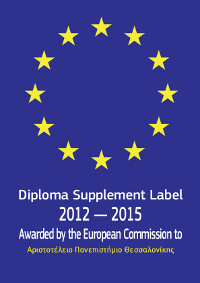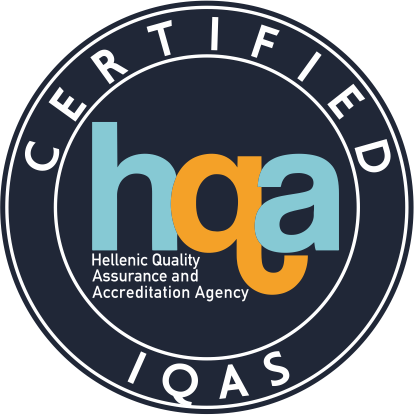Attempts to establish the Criminology Museum as part of the Laboratory of Forensic Medicine and Toxicology of the Aristotle University of Thessaloniki began in 1944, when the laboratory first opened. The first collector of evidence, Professor Iliakis (1944 – 1954), collected and recorded exhibits, laying thus the foundations for the establishment of the Museum.
The professors who served as head of the laboratory, the majority of whom were medical examiners, contributed to the establishment and development of the museum. Inspired, just like his predecessors, by his love for the Museum, the Associate Professor of Forensic Medicine Panagiotis Epivatianos landscaped in 1990 a space in the basement of the Laboratory of Forensic Medicine, next to the morgue, where all the exhibits were transferred.
The Museum was housed there until 2004. In 2004, the morgue, the storerooms, the dark room and the waiting room were renovated.
The old space where the Museum was housed is to be used by the Laboratory of Forensic DNA Analysis, and the Museum will relocate to the second floor of the building.
Today, the exhibits of the Museum are displayed in the laboratory until the new space is ready.
The Criminology Museum contains material provided by medical examiners, toxicologists and prosecution authorities. The main objective of the Museum is to provide students with training.








